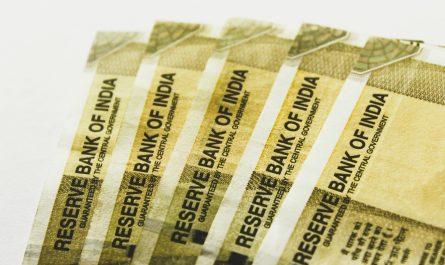The credit card payment life cycle is an easy and seamless process for the customers. Customers simply make purchases using their credit cards, and the corresponding amount gets noted in their accounts.
However, the credit card payment process is not as simple for business owners. For the businesses accepting credit card payments, the payment process involves multiple steps and goes through several stages, and is a complex cycle.
If you own and run a business, knowing the credit card cycle can help you manage the business operations better.
What is a Credit Card Life Cycle
Hundreds of billions of card-based transactions take place around the world every year. These transactions may be over-the-counter or online. All these transactions are unique in their way, still, they follow the same essential steps that allow the merchants to receive payments for their customers. The steps involved in successfully executing a card-based payment make up the credit card lifecycle.
Key Players Involved in the Credit Card Life Cycle
It is crucial for merchants to understand the who’s who of a credit card life cycle and know what they do to make the transaction happen. The key players involved in a credit card payment are:
The Process of the Credit Card Life Cycle
The credit card life cycle process involves four steps.
Step 1: Payment Authorisation
When a customer gives his credit card details to the merchant at the POS or remotely, the process of payment authorisation begins. The cardholder details are sent to the acquirer and the payment processor over a secure platform, after which, the transaction details are sent to the issuer and the card brand.
The issuer confirms that the cardholder has enough funds in his account to make the transaction, and then the card association gets an authorization response code for the transaction. The acquirer receives this code, and the merchant gets the information regarding the approval or rejection of the transaction.
Step 2: Batching
Batching is the second stage of the car payment life cycle where the merchant submits the batches of transactions posting reviewing. Until this point, the transaction remains pending. Merchants can do batching manually or automatically as often as they need to.
Step 3: Clearing
Once the merchant sends a batch of transactions, it goes to a series of entities like the acquirer, who sends it to the payment processor, then to the card network, and finally to the issuer. On receiving the batch, the issuer deducts the transaction amount from the cardholder’s account. The interchange fees are also charged at this stage.
Step 4: Settlement
Settlement is the last stage in this cycle where the issuer sends the funds to the merchant bank, which deposits the money in the merchant’s account, and the merchant gets paid.
How to Manage the Credit Card Life Cycle
While credit card payments are convenient, they carry a fair amount of risk. There can be cases of chargebacks, frauds, and high interchange rates. In extreme cases, the merchant may end up losing his merchant account too. To manage these risks, the merchant can do the following:
The Final Word
The credit card life cycle involves multiple steps, and understanding the stages involved in the card transactions can help the merchants reduce the chances of fraud. It will also go a long way in providing more efficient services to the customers.


